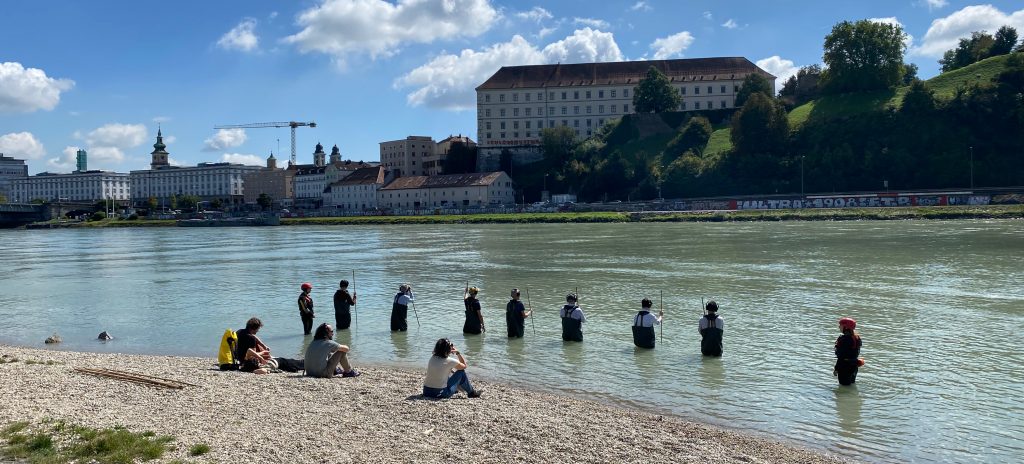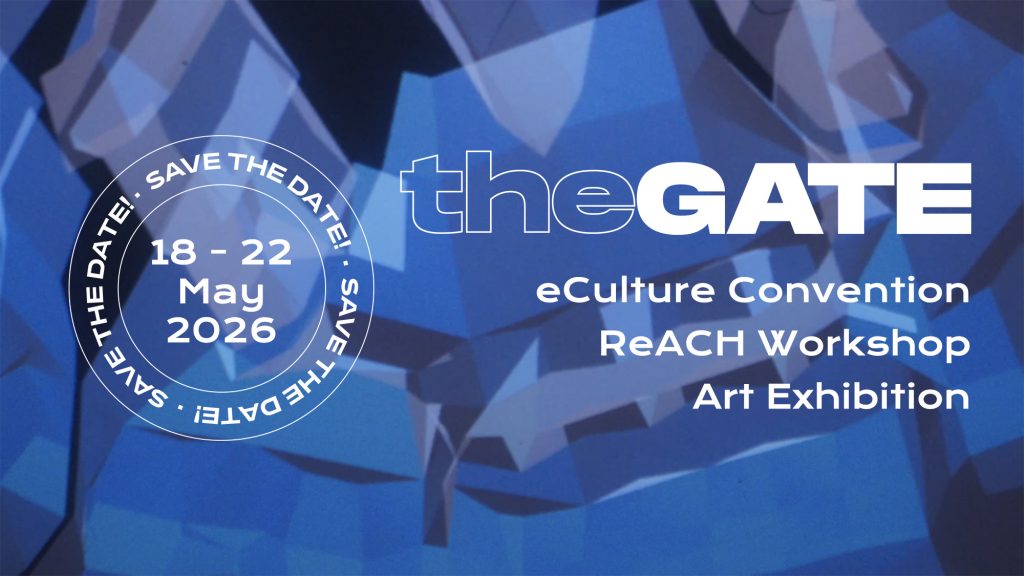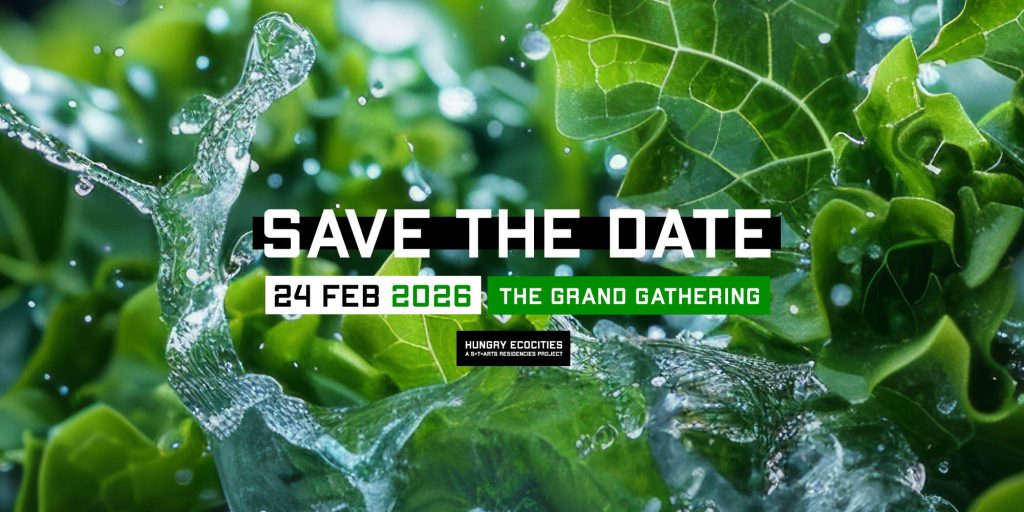Beginning September, three artists of the S+T+ARTS4WATER II residency programme, supported by the European Commission, project coordinator VITO and the partners GLUON and Arca Futuris participated to the Ars Electronica Festival in Linz.
The S+T+ARTS4Water II project brought together 20 artists with port authorities, citizens, researchers, and businesses to explore the pressing challenges facing European port cities and coastal regions today. These challenges arise on multiple levels – local, global, environmental, and social — and intersect in complex ways. From plastic and oil pollution to anthropogenic underwater noise, from rising sea levels to questions of migration and labor, each issue reveals how deeply our ports are entangled to broader planetary concerns.
In response, artists created diverse works – performances, sculptural sound installations, films and many more – that reflect the issues they discussed and immersed themselves in during their residencies.
The project revealed not only the scale but also the complexity of the challenges facing our port cities. They demand urgent responses, but also careful reflection and collective imagination. This duality resonates strongly with the theme of this year’s Ars Electronica Festival, PANIC: Yes/No. When confronted with accelerating change, panic is always near at hand. Yet S+T+ARTS4Water II showed that art can shift us beyond fear, transforming urgency into dialogue, creativity, and resilience. By making pressing issues tangible through artistic practice, the project opens a space where we can acknowledge the gravity of the situation without surrendering to despair—and instead imagine new ways of seeing, feeling, and acting.
It is precisely in this tension – between urgency and imagination, alarm and resilience – that three S+T+ARTS4Water projects were selected to be part of the Ars Electronica program this year.
One of them, Sounding Lines by Stijn Demeulenaere (hosted by GLUON), brought an immersive sound experience reflecting on how two centuries of extraction have reshaped the North Seabed, while also pointing to emerging forms of rewilding through new extractive infrastructures such as offshore windmills. In Linz, the work unfolded as a performance on the Danube: participants dressed in wading suits entered the river, their bodies pressed by water, listening. Beneath the surface, field recordings of wind turbines conversed with sea shanties sung by local choirs and the sounds of rare oyster beds. By asking participants to simply stand still and listen, the work carved out a rare pause in the busy festival rhythm, reminding us that extraction and rewilding, exploitation and care, share the same seabed – and raising the question of how we want to give shape to our seas in the future.
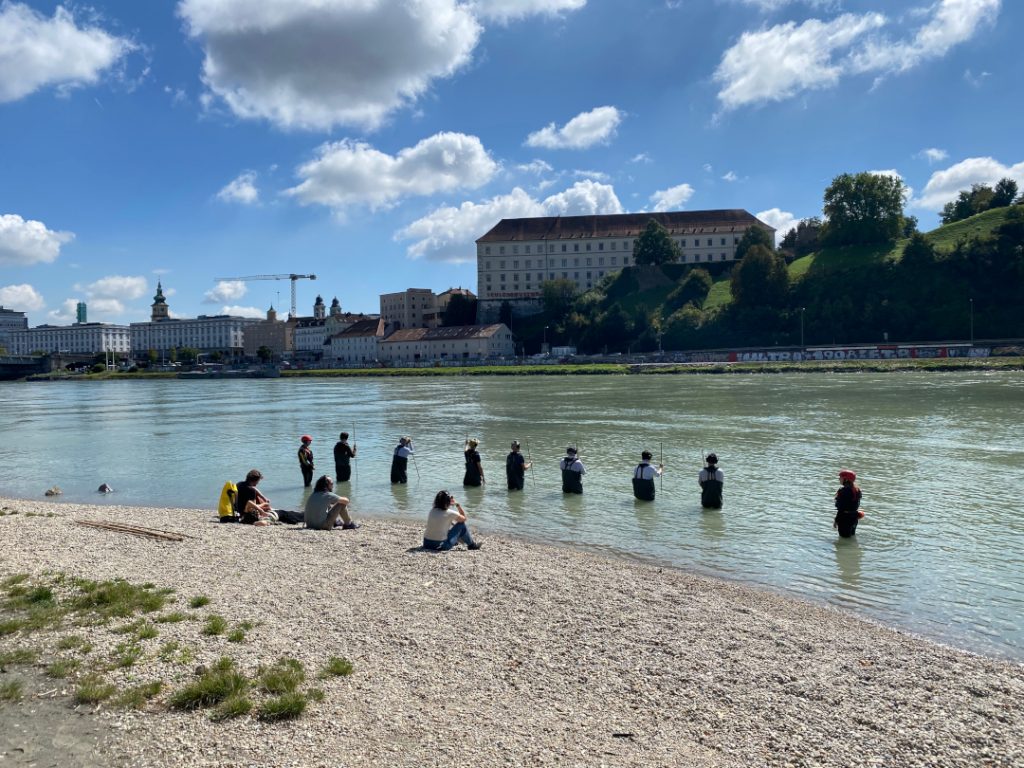
The immersive sound installation Parliament of Streams: Turbine Chapel by Carlos Monleon combined strikingly beautiful devices with an experience that is both sonic and bodily. During his residency at Arca Futuris, Monléon conducted extensive research in collaboration with BOKU university in Vienna, investigating how hydropower plants affect fish in the Danube. By capturing the characteristic “voices” of a river – arising from water flow, sediment transport, and biological activity – Monléon highlights how fish, which continuously receive information from upstream through smell, touch, and hearing, function as the rivers’ “eardrums.” Hydropower plants disrupt these natural processes: fish are shredded in turbines, and rapid water-level fluctuations caused by hydropeaking — the sudden release of water from reservoirs — wash away spawn and leave juvenile fish stranded. The sculptural sound installation guides visitors through these transformations, translating how they “sound” and “feel” to fish. A choir combined with field recordings from the Danube makes perceptible how rivers shift from flowing conversations into broken monologues, causing the oldest voices on Earth to stutter.
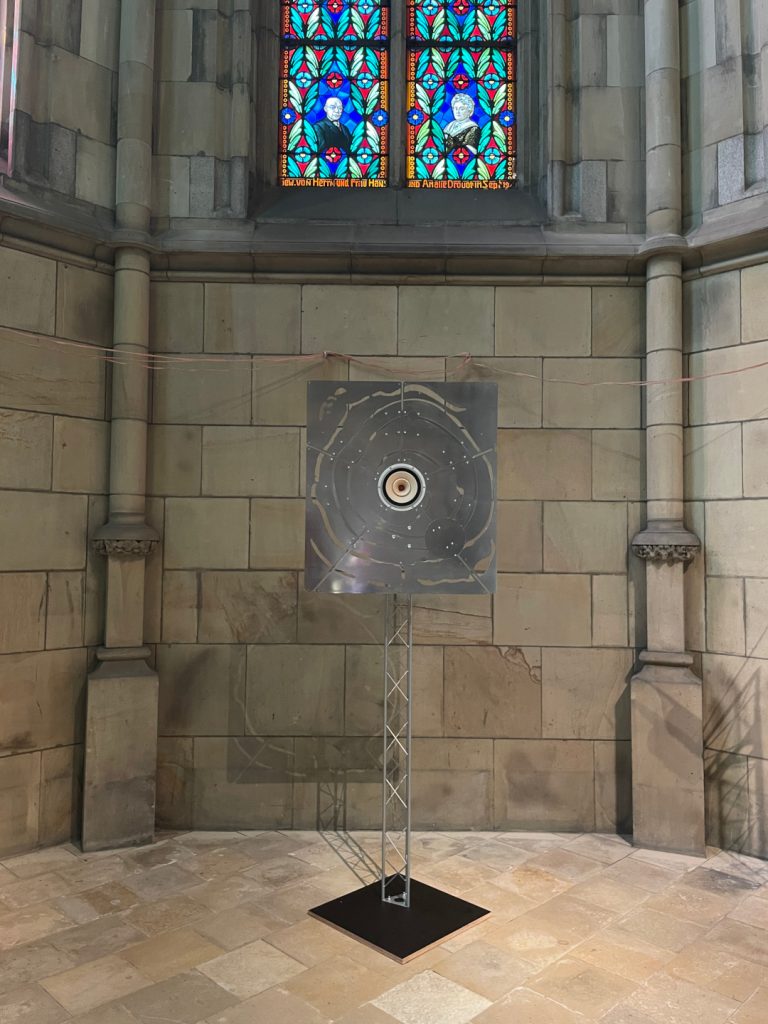
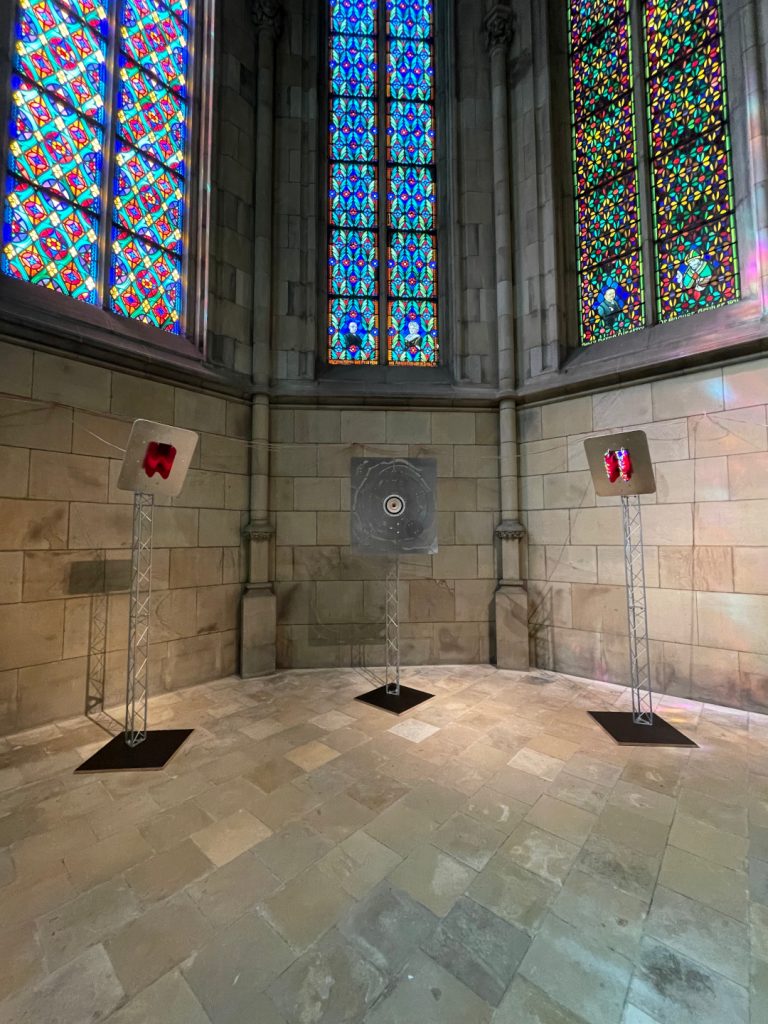
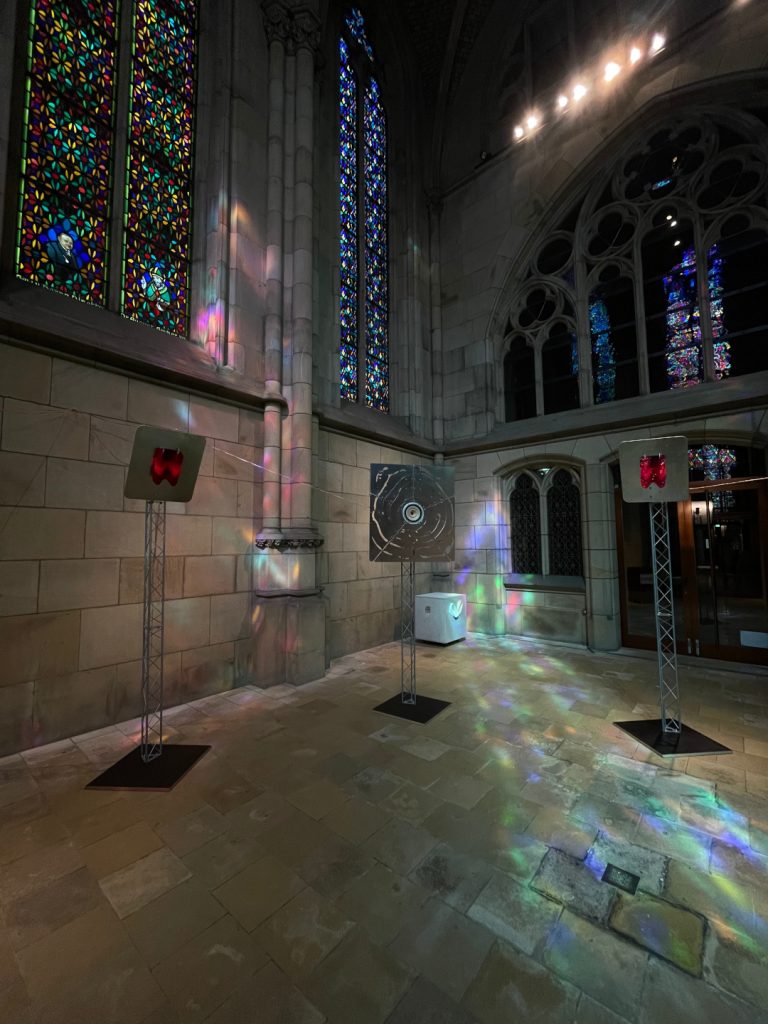
On Sunday, Territorial Agency (John Palmesino & Ann-Sofi Ronnskog) presented a video-lecture on their project The Anthropocene Territory Scheldt. Hosted by GLUON, the project frames the Belgium’s Scheldt Estuary – home to the harbour of Antwerp – as a compelling example of the Anthropocene. By deploying a diverse set of imaginal technologies (e.g. satellites, LiDAR, X-ray, …) they expose hidden dynamics in the landscape, from disrupted sedimentation and rising sea temperatures to infrastructural pressures and biodiversity loss. Much like an X-ray revealing hidden layers of a painting, the work reveals unseen aspects of the Scheldt, offering fresh perspectives and forging new connections. Unlike the usual applications of remote sensing and satellite technologies – which often serve as tools of surveillance – Territorial agency’s approach emphasizes care, equipping communities and policymakers with tools for reflection, dialogue and collective action.
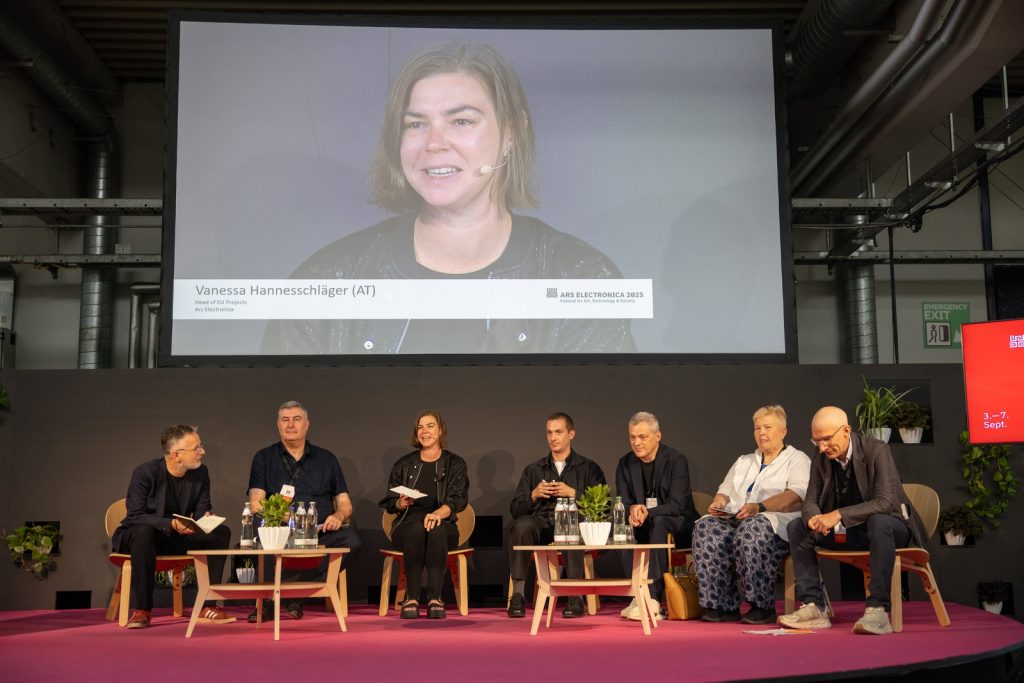
Together, these three projects go beyond producing concrete results or engaging experiences. They illustrate a practice that is becoming vital for understanding and shaping what lies ahead – a future grounded in multiple forms of knowledge, skills, experiences and cultural perspectives.
